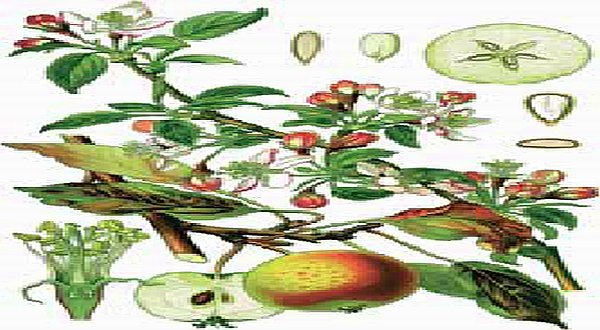Roman Parabiago
Unlike what happened in
other areas conquered by Celts, the period of romanisation in Parabiago's area
seems to have been slow and it doen't seem to have brought clear changes of the
territorial and cultural layout up to the begins of the Augustan Age (around 29
BC). Starting from this period, some authors suppose a significant role of the
settlement i n Parabiago, grown as a flourishing handcraft and commercial
centre, thak to its position along river Olona and the hub routethat, linking
Milan to Angera and Como, put on to the mediterran area with that transalpine.

Woods in roman age
Pollen analisys and carbons
discovered in the roman necropolises of Legnano, Inveruno and Parabiago, remind
us that in the wooded areas of the district could grow the Oak (Quercus
petraea(Mattuschka) Liebl.e Quercus robur L.), the Elm (Ulmus minor Miller),
the Turkey Oak (Quercus cerris L.), the Maple (Acer sp.), the Hawthorn
(Crataegus momogyna Jacq.), the Cornel (Cornus mas L.), the Crabgrass (Cornus
sanguinea L.), the Blackthorn (Prunus spinosa L.) eand the Buckthorn (Rhamnus
catharticus L.). A carbon of willow discovered near a grave in San Lorenzo of
Pareabiago, tests the presence of hydric vegetation around the areas near the
river Olona.
Paleobotanist studies also
specify that our forests were subjected to – startimg from the 1st Century AD –
important changes consisting inthe the introduction, to man work, of the
Chestnut tree.
Popular were also fruit
trees, before bearly cultivated or not at all known like the Pear Tree (Pirus
communis L.) and the Apple Tree (Malus domestica Borkh.).

Speaking stones
The epigraphic witnesses discovered, highlight the prominence thate Parabiago had in Roman Age (I century AD). One of them is a memorial dedication of people qualified as curatores, is it to say of cash administators of a professional college, such as smiths, centonarii (manufacturers of blanket and felts) or carpenteers.
L(ucius) _ Cris[ - -]
C(aius) _ Pomp[eius]
curatore[s]
anni XXXX
Lucio Cris...
Gaio Pompey
Curatores
40s.
This board and the other
archeological evidences illustrated in yhis book, discovered in Parabiago, are
preserved in the Civic Museum of Legnano.





